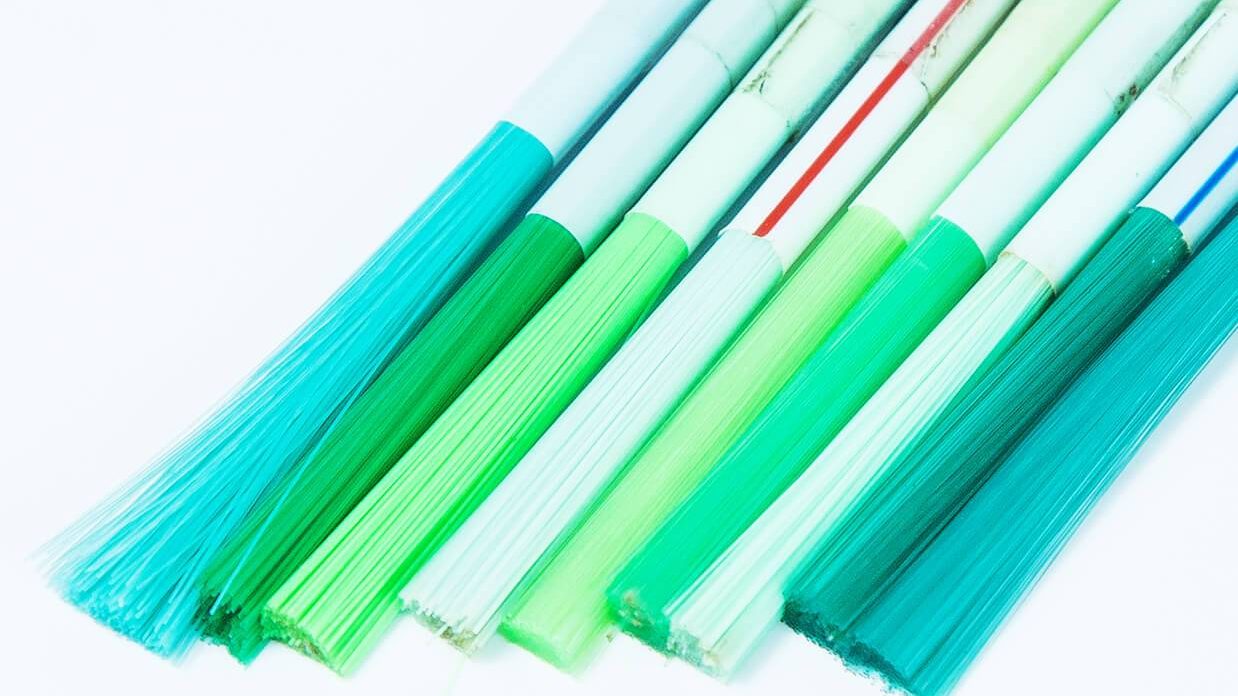The Evolution of Toothbrush Filament: From Basic Bristles to Smart Tech
1. Material Breakthroughs
Modern filaments blend nylon variants (PA6, PA612, PA12) for optimized stiffness, durability, and flexibility. Emerging eco-friendly options include plant-based bioplastics and biodegradable TPE filaments. Japan’s Toray Industries recently launched a graphene-infused nylon filament, proven to reduce bacterial adhesion by 60% in lab tests.

2. Precision Engineering
Laser-cut tapered filaments now dominate premium brushes, offering gentler gum contact and deeper interdental cleaning. Cross-action and angled bristle patterns are being replaced by AI-designed 3D “micro-scoop” structures, enhancing plaque removal efficiency.

3. Smart Filament Tech
Pioneers like Colgate® are embedding color-changing pH-sensitive polymers into filaments to detect oral acidity. Experimental prototypes feature filaments with micro-sensors to track brushing pressure and coverage, syncing data via Bluetooth.

4. Sustainability Challenges
While 90% of global filaments still use non-recyclable nylon, brands like Boka and The Humble Co. are scaling up PBT filaments from recycled PET bottles. A 2024 EU study estimates biodegradable filaments could capture 25% market share by 2030.

The Future
Researchers are exploring self-repairing filaments and antimicrobial coatings inspired by shark skin. As material science converges with IoT, the humble toothbrush filament is poised to become a frontline diagnostic tool in preventive healthcare.

